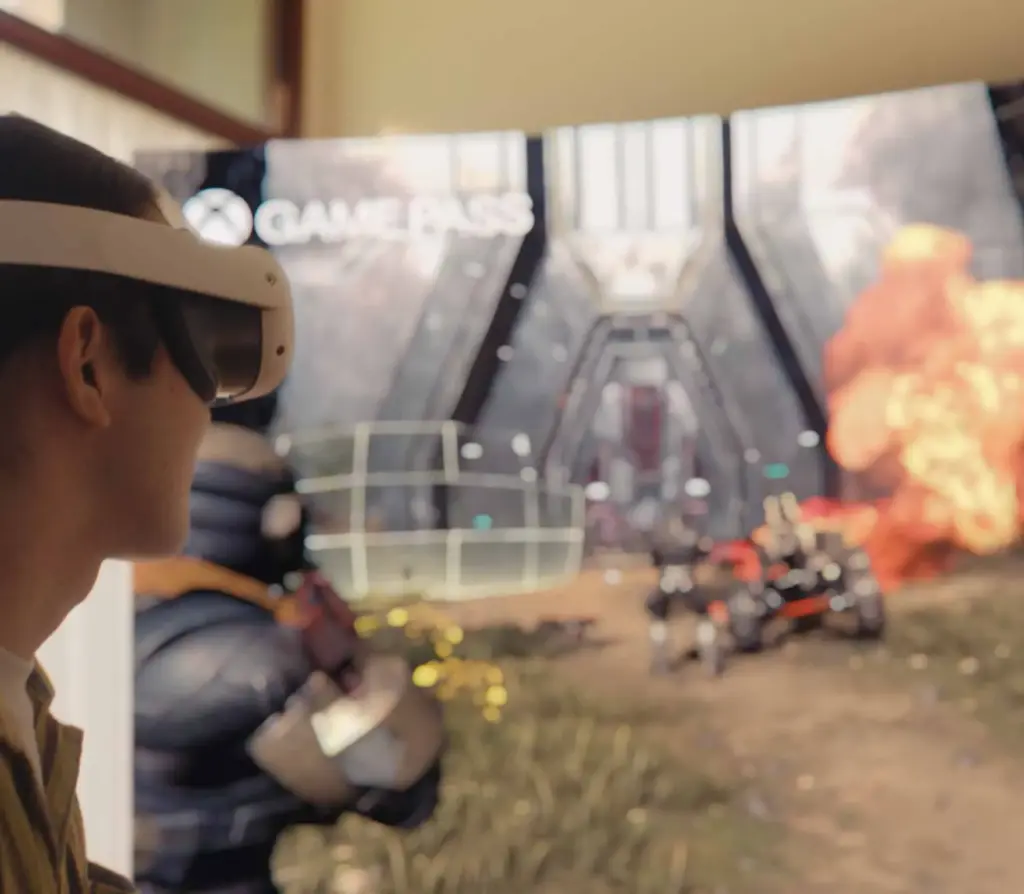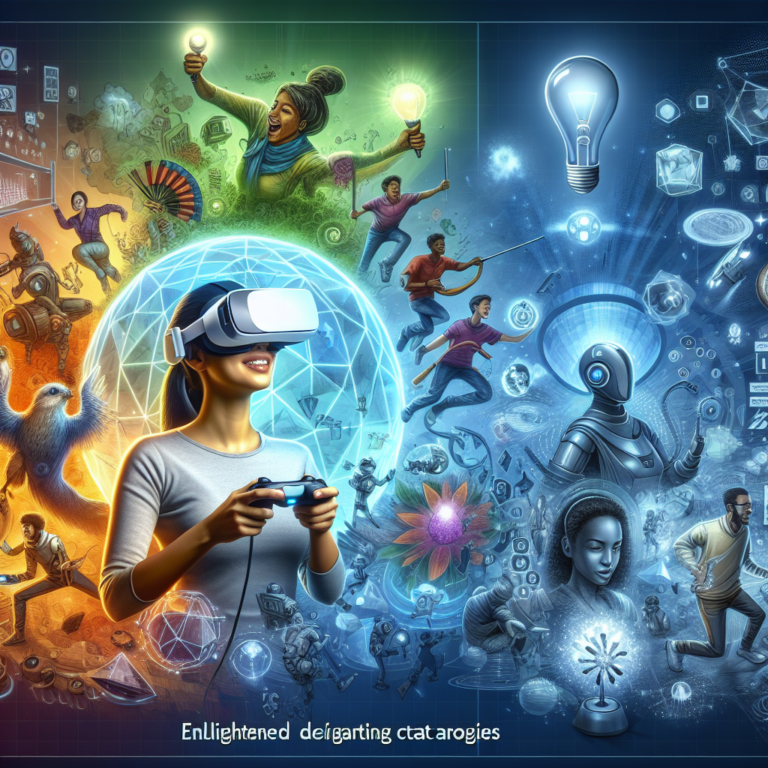Revolutionizing Play: The Impact of Immersive Technologies on the Gaming Landscape
Introduction to Immersive Technologies in Gaming
The gaming industry has always been at the forefront of technological innovation, constantly evolving to offer players ever more engaging experiences. Recent advancements in immersive technologies, including Virtual Reality (VR), Augmented Reality (AR), and Mixed Reality (MR), are not only enhancing gameplay but also reshaping the entire landscape of the gaming world. 🚀

The Rise of Virtual Reality: A New Dimension of Play
Virtual Reality has taken the gaming experience to unprecedented heights by transporting players into immersive, 3D environments where they can interact with the game world like never before. With VR headsets like the Oculus Rift, HTC Vive, and PlayStation VR, players can enjoy:
- Intuitive Controls: VR offers a natural way to interact with virtual worlds through hand tracking and motion sensors.
- Realistic Environments: Stunning graphics and 360-degree views create a sense of presence, making players feel they are part of the game.
- Social Interaction: Multiplayer VR games allow users to engage with friends and strangers in shared virtual spaces, fostering community.
Revolutionizing Gaming Genres
VR is dramatically changing the nature of gaming genres. From heart-pounding action in first-person shooters to the serene exploration of immersive worlds in adventure games, the possibilities are boundless. Players can now:
- Experience horror games with bone-chilling details that make every sound and shadow feel authentic.
- Participate in rhythm games that require real movement, turning gameplay into a full-body workout.
- Take part in immersive storytelling where choices shape the narrative in organic ways.
Augmented Reality: Blending the Real and the Virtual
Augmented Reality is another groundbreaking technology that is reshaping how we engage with games. By overlaying digital elements onto the real world through smartphones or AR glasses, AR brings a unique twist to gaming. A prime example is the worldwide craze of Pokemon Go, which allowed players to hunt for virtual creatures in their local parks and neighborhoods. 🌍
Key Features of AR Gaming
The compelling features of AR gaming set it apart:
- Location-Based Experiences: AR encourages players to explore their surroundings. Players can find hidden treasures or battle creatures specific to their real-world locations.
- Social Connectivity: Much like VR, AR can foster social connections by allowing players to meet up in real life to share experiences and complete challenges together.
- Educational Opportunities: AR games can also serve educational purposes, offering interactive lessons about history, science, and geography through engaging gameplay.

Mixed Reality: The Perfect Fusion
Mixed Reality combines elements of both VR and AR to create an even richer experience. MR allows virtual objects to interact with the real world seamlessly. Devices like Microsoft’s HoloLens illustrate how MR can bridge the gap between physical and digital realms.
Transforming the Player’s Experience
Mixed reality can change how we perceive and engage with our environment:
- Interactive Gameplay: Environments that react to players’ actions create a dynamic experience.
- Enhanced Storytelling: Players can find clues and interact with characters in their own homes, leading to unique narratives.
- Creative Collaboration: MR allows multiple users to create and build together in a shared digital space, opening doors for co-op gameplay like never before.
The Technology Behind Immersive Gaming
The power of immersive technologies lies in cutting-edge hardware and software developments:
- Advanced Graphics Engines: Powerful engines like Unreal Engine and Unity enable the creation of stunning graphics and complex interactions.
- High-Performance Computing: The rise of powerful gaming PCs and consoles ensures that these technologies run smoothly, offering a fluid gaming experience.
- Wearable Tech: Innovations in accessories, such as haptic feedback suits and VR gloves, allow players to feel the game more physically, deepening immersion.
The Future of Immersive Gaming
As technology continues to evolve, the future of immersive gaming looks incredibly promising. With developments such as:
- 5G Connectivity: Faster internet speeds will enable seamless multiplayer experiences in AR and VR.
- AI Integration: Artificial intelligence will enhance NPC behavior, making game worlds feel more alive and responsive.
- Cross-Platform Play: Greater integration between various platforms will ensure players can enjoy immersive experiences regardless of their hardware.
Utilizing these advancements, developers are poised to create games that not only entertain but also push the boundaries of what is possible in storytelling and engagement.
Challenges and Considerations
While immersive technologies present exciting prospects, they also come with challenges:
- Accessibility: High costs of VR and AR hardware can be prohibitive for many gamers.
- Motion Sickness: Some players experience discomfort in virtual environments, which requires ongoing improvements in design and gameplay.
- Content Creation: The demand for high-quality immersive content is ever-growing, necessitating skilled developers and creative minds to meet the market needs.
Final Thoughts
The integration of immersive technologies is undoubtedly shaping the gaming industry, transforming how players experience entertainment. With each advancement, the boundary between reality and fantasy becomes less distinct, leading to a future where gaming is not just an activity, but an experience that can deeply influence culture and society. 🌟




0 Comments